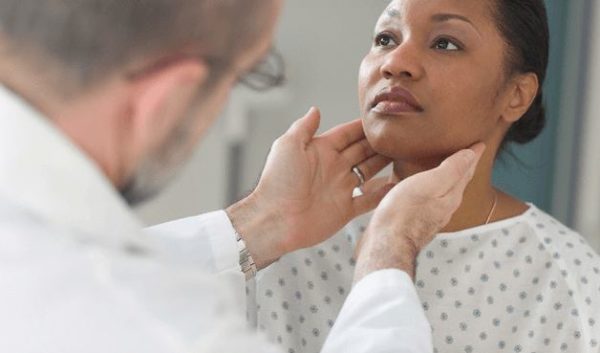
Early symptoms of HIV may be mild and easily dismissed. But even without noticeable symptoms, an HIV-positive person can still pass the virus on to others.
That’s one of the many reasons why it’s important for people to know their HIV status.
Women may wonder how HIV symptoms for them differ from those seen in men. Many HIV symptoms are the same for men and women, but not all.
Here’s a list of six common symptoms, including those that are specific to women.
1. Early, flu-like symptoms
In the early weeks after contracting HIV, it’s not uncommon for people to be without symptoms. Some people may have mild flu-like symptoms, including:
- fever
- headache
- lack of energy
- swollen lymph glands
- rash
These symptoms often go away within a few weeks. In some cases, it may take as many as 10 years for more severe symptoms to appear.
2. Skin rashes and skin sores
Most people with HIV develop skin problems. Rash is a common symptom of HIV, and many different types of skin rashes are associated with the condition. They may be a symptom of HIV itself or the result of a concurrent infection or condition.
If a rash appears, it’s a good idea to have a healthcare provider review one’s medical history. They can use a complete medical history to determine which diagnostic tests are needed. Sores, or lesions, may also form on the skin of the mouth, genitals, and anus of people with HIV.
3. Swollen glands
Lymph nodes are located throughout the human body, including the neck, back of the head, armpits, and groin. As part of the immune system, lymph nodes fend off infections by storing immune cells and filtering pathogens.
As HIV begins to spread, the immune system kicks into high gear. The result is enlarged lymph nodes, commonly known as swollen glands. It’s often one of the first signs of HIV. In people living with HIV, swollen glands may last for several months.
4. Infections
HIV makes it harder for the immune system to fight off germs, so it’s easier for opportunistic infections (OIs) to take hold.
Some of these include pneumonia, tuberculosis, and oral or vaginal candidiasis. Yeast infections (a type of candidiasis) and bacterial infections may be more common in HIV-positive women, as well as harder to treat. In general, people with HIV are also more prone to infections of the following areas:
- skin
- eyes
- lungs
- kidneys
- digestive tract
- brain
5. Fever and night sweats
People with HIV may experience long periods of low-grade fever. A temperature between 99.8°F (37.7°C) and 100.8°F (38.2°C) is considered a low-grade fever.
The body develops a fever when something is wrong, but the cause isn’t always obvious. Because it’s a low-grade fever, those who are unaware of their HIV-positive status may ignore the symptom.
6. Menstrual changes
Women with HIV can experience changes to their menstrual cycle. Their periods may be lighter or heavier than normal, or they may not have a period at all.
HIV-positive women may also have more severe premenstrual symptoms.




